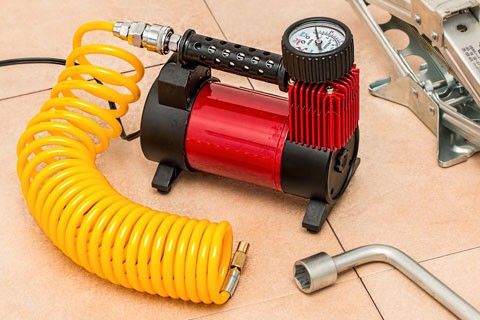Peugeot 206 CC Tire pressure
Peugeot 206 CC Reifendruck
Peugeot 206 CC Pression des pneus
Peugeot 206 CC Presion de llantas
Peugeot 206 CC Pressao de pneus
Car tire pressure should be checked regularly, ideally check your car tire pressure monthly. Always check your wheel pressure two hours after parking the vehicle.
Remember to regularly check the health of the valves to ensure a perfect seal, and will provide longer life.
If you need to have your 4 wheels checked, do not forget to check the pressure of your extra tire.
In winter, when the temperature is very cold, it is sometimes advisable to boost the inflation pressure.

Disclaimer: We cannot and do not guarantee that the material on this website is absolutely current and accurate, despite the fact that every effort has been made to keep it as current and correct as possible. This website’s content is delivered on a “as is” and “as available” basis. You agree that your use of the platform is at your sole risk. We disclaim any and all warranties.
You can control or swell the tires with some options: go to a trained professionals, use certain gas stations and car clothes inflation equipment or get a compressor and inflation gun to yourself.
Weak tire pressure control is the most common source of broken tires. To ensure improved grip and protection, car makers prescribe a specific pressure for each model.
Peugeot 206 CC Where to find information related to pressure
The recommended pressure varies depending on the car type. It is sometimes stated in the owner’s manual, on the edge of the door, or on the fuel tank handle. It is expressed in the form of two numbers, in units of bar, usually about 2. The first number represents the pressure in the front tyres, while the second represents the pressure in the rear tires.
Tire pressure can vary depending on the load of the vehicle. It is therefore recommended to add 0.2 bar to the recommended pressure for a loaded vehicle.
Peugeot 206 CC What is the best way to determine how much pressure is present?
Always remember to measure the pressure of your tires when they are cold, as a rise in pressure while driving occurs regularly.
Still add the same pressure to both front and rear tires. Just a front-to-rear variation is possible.
Do not fail to correctly shut the valve covers, as the valve protects from contamination and dust so that no chance of leakage is present.
When to check the pressure
Tire pressure should be monitored frequently and at strategic times.
Before a long journey, for instance, checks are necessary in order to limit the risks of tear and wear.
The pressure should be monitored every two weeks for regular use. Finally, we suggest that the pressures be reviewed every month with less daily use, taking into account the fact that a tire is tested when it’s cold.
Summer – winter tire pressure
When testing tire pressure, consider the seasons as well, as outside conditions have an effect on the inside pressure of the tire.
As a result, adding 0.2 bar to winter tires is advised.
It is important to monitor the vehicle’s tyre pressure on a regular basis. Under-inflated tires will jeopardize your driving safety by creating a lack of grip or less efficient braking.
Furthermore, it has been shown that 0.5 bar below the recommended inflation pressure cuts the tire’s life span by 20%. Under-inflated tires also appear to increase fuel consumption.
Finally, the under-inflated tyre is subjected to excessive stress and can burst while traveling at high speeds.
| Peugeot 206 CC | |
| 1.6 110 | |
| 185 55 R15 82H | |
| Rear Min. | 2.4 |
| Rear Max. | 2.4 |
| Front Min. | 2.4 |
| Front Max. | 2.4 |
| Peugeot 206 CC | |
| 1.6 110 | |
| 195 55 R15 85H | |
| Rear Min. | 2.4 |
| Rear Max. | 2.4 |
| Front Min. | 2.4 |
| Front Max. | 2.4 |
| Peugeot 206 CC | |
| 1.6 110 | |
| 205 45 R16 83H | |
| Rear Min. | 2.4 |
| Rear Max. | 2.4 |
| Front Min. | 2.4 |
| Front Max. | 2.4 |
| Peugeot 206 CC | |
| 2.0 135 | |
| 205 45 R16 83H | |
| Rear Min. | 2.4 |
| Rear Max. | 2.4 |
| Front Min. | 2.4 |
| Front Max. | 2.4 |
Links :
Tire pressure gauge
TPMS